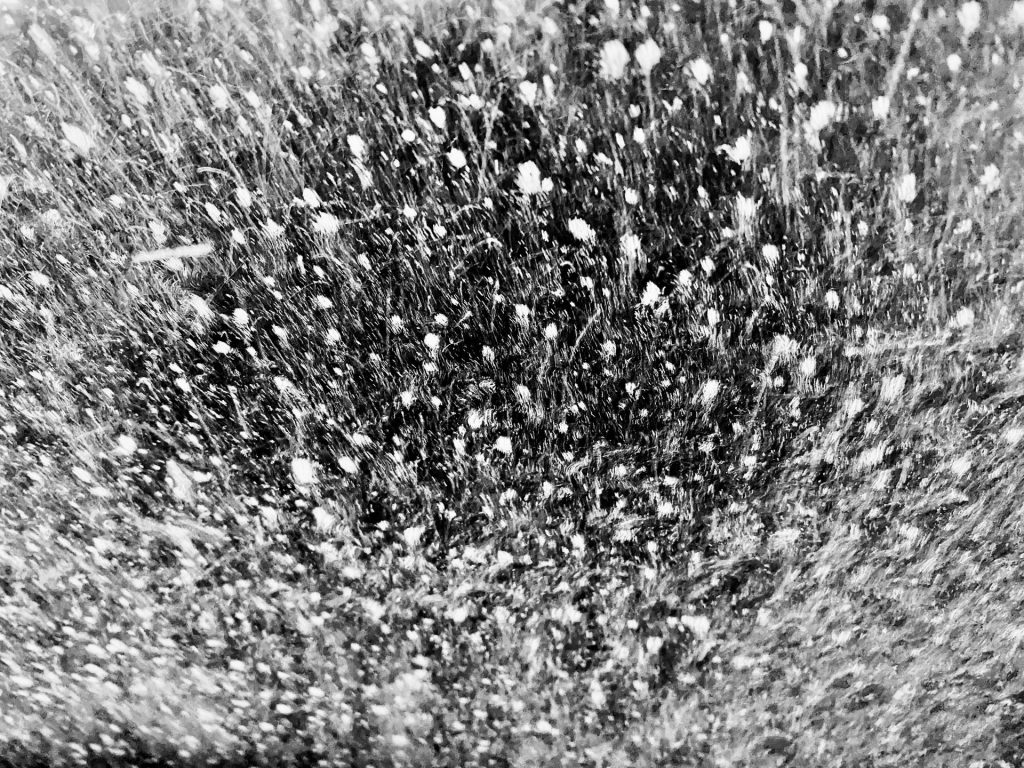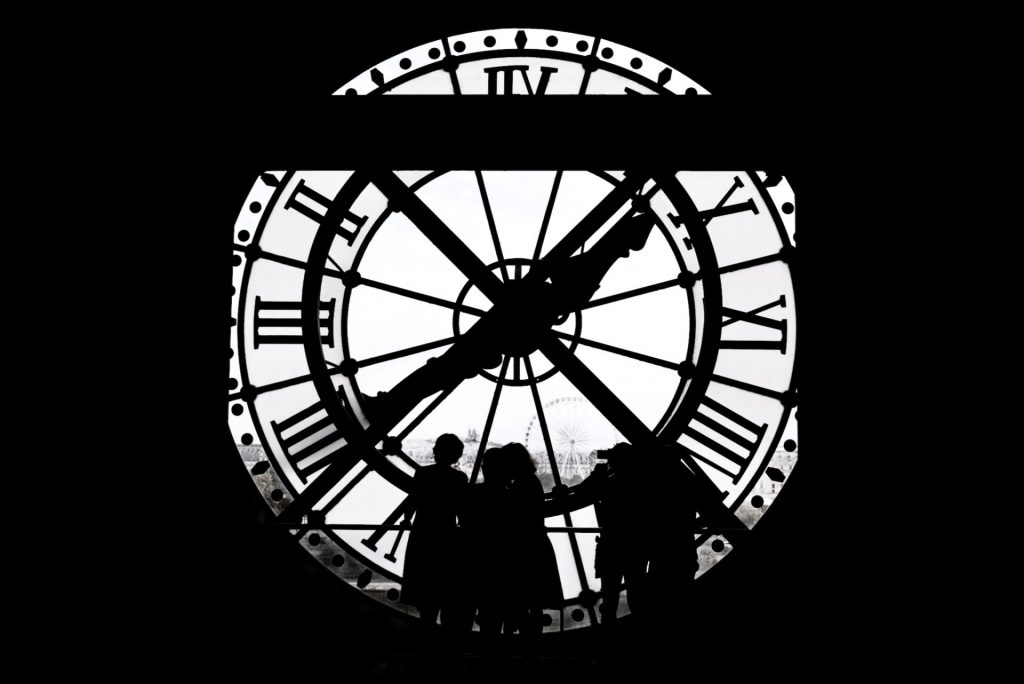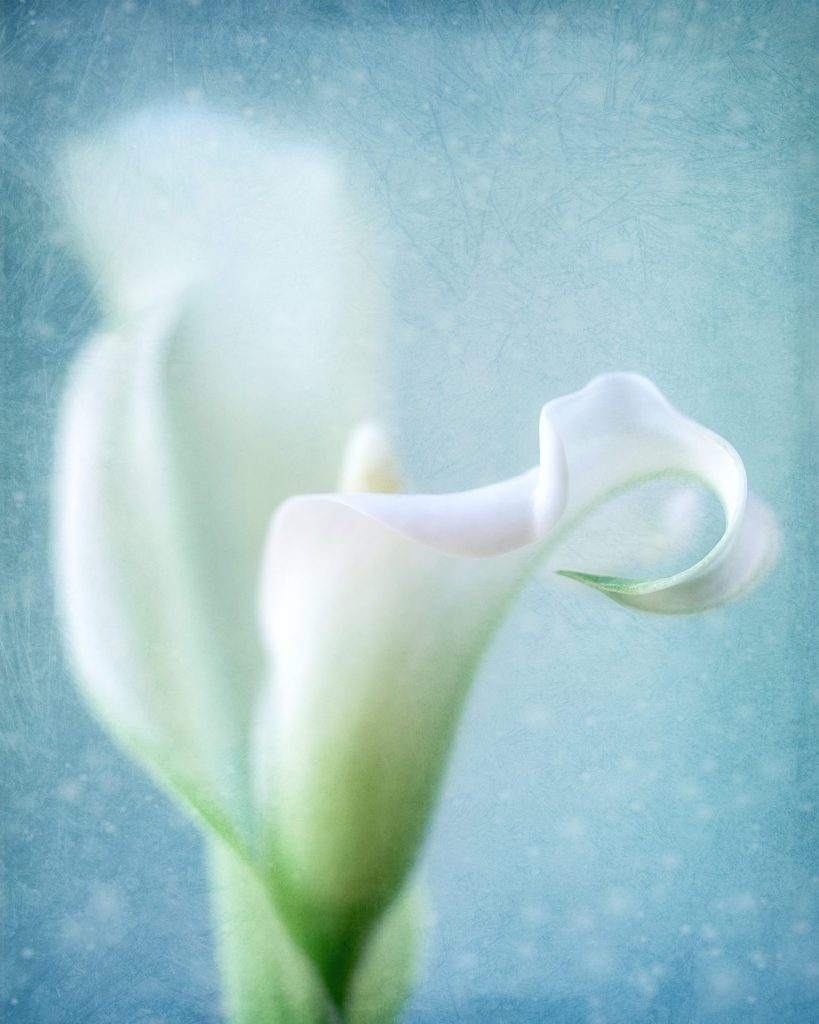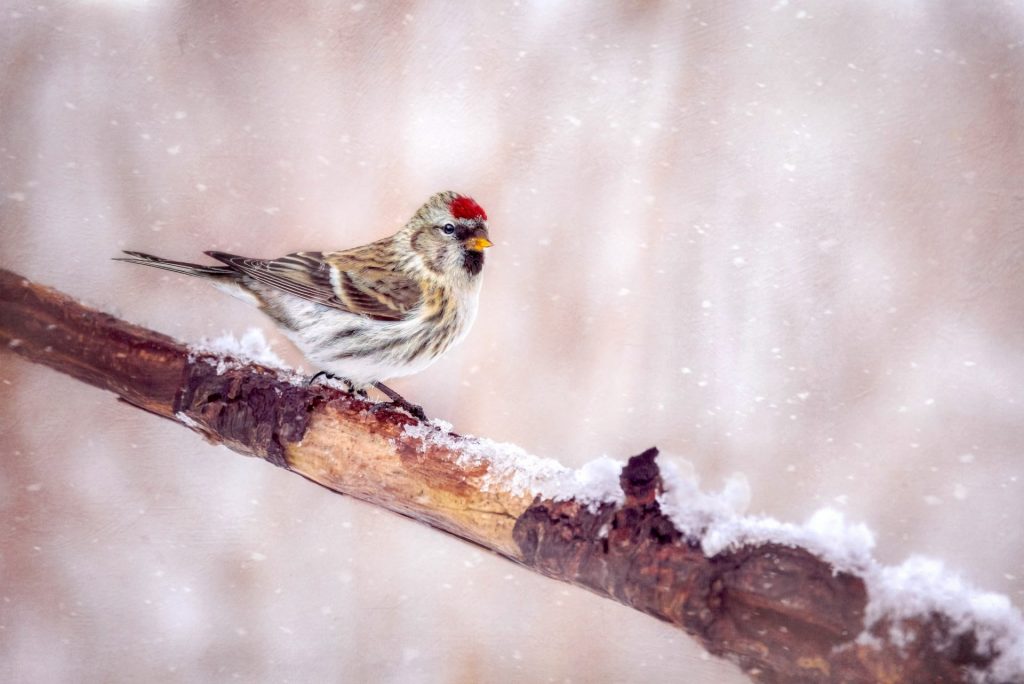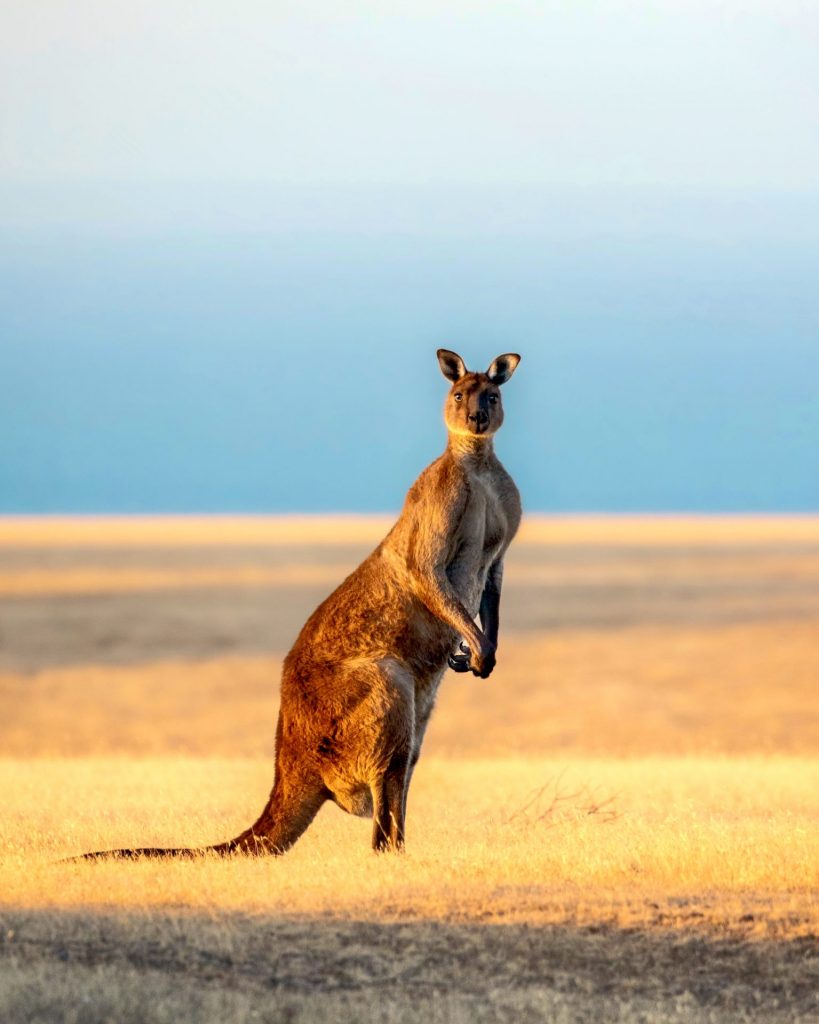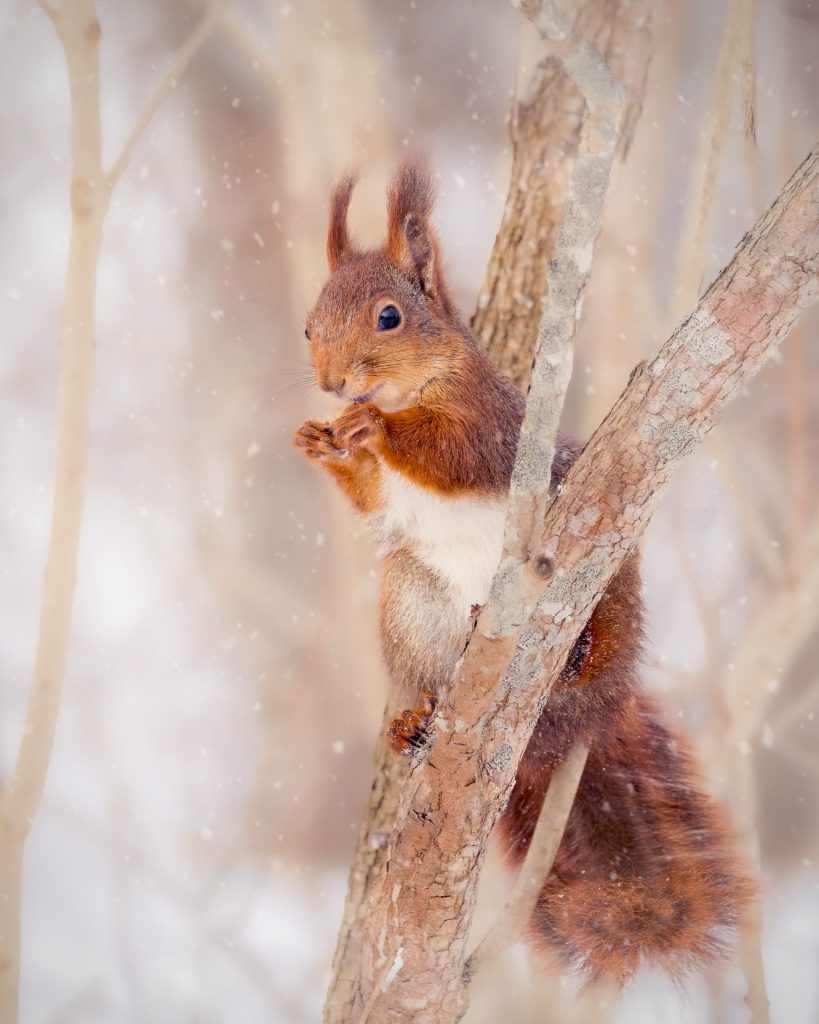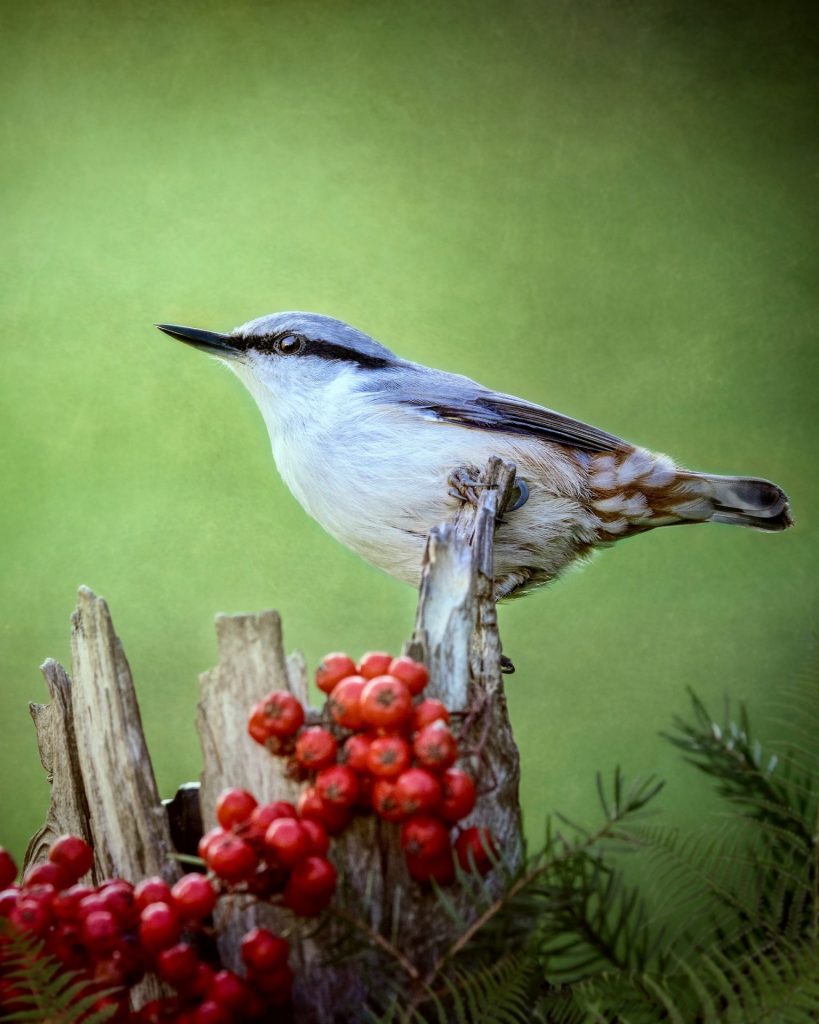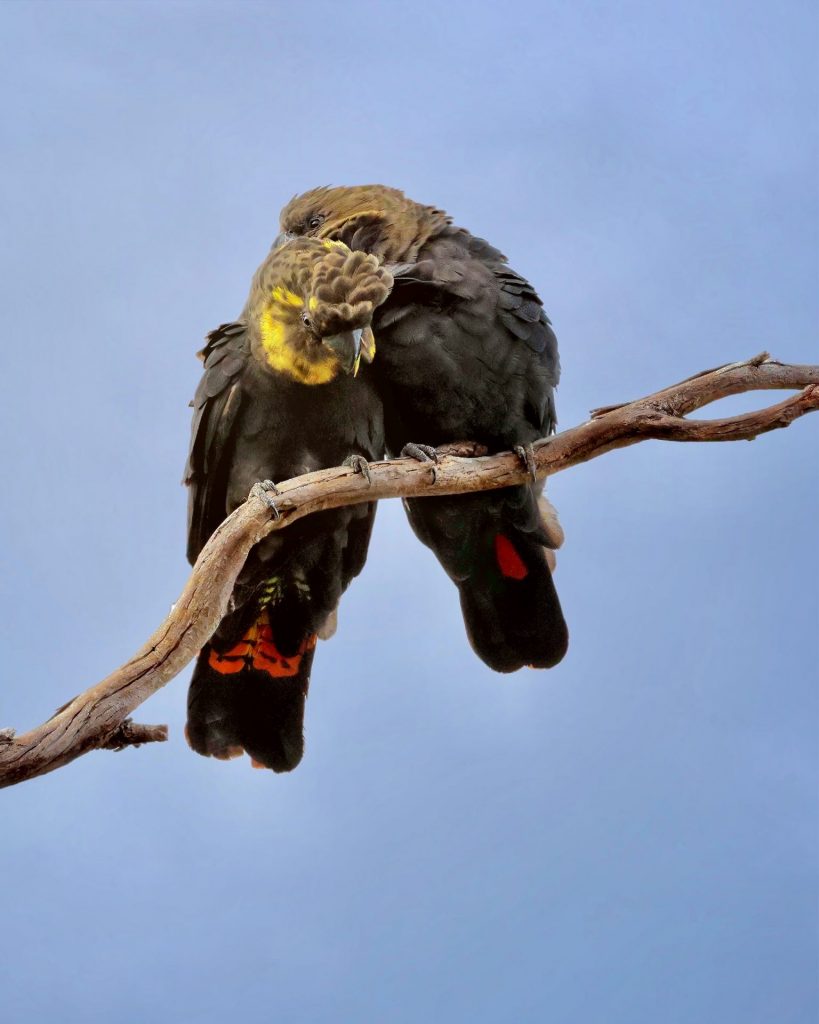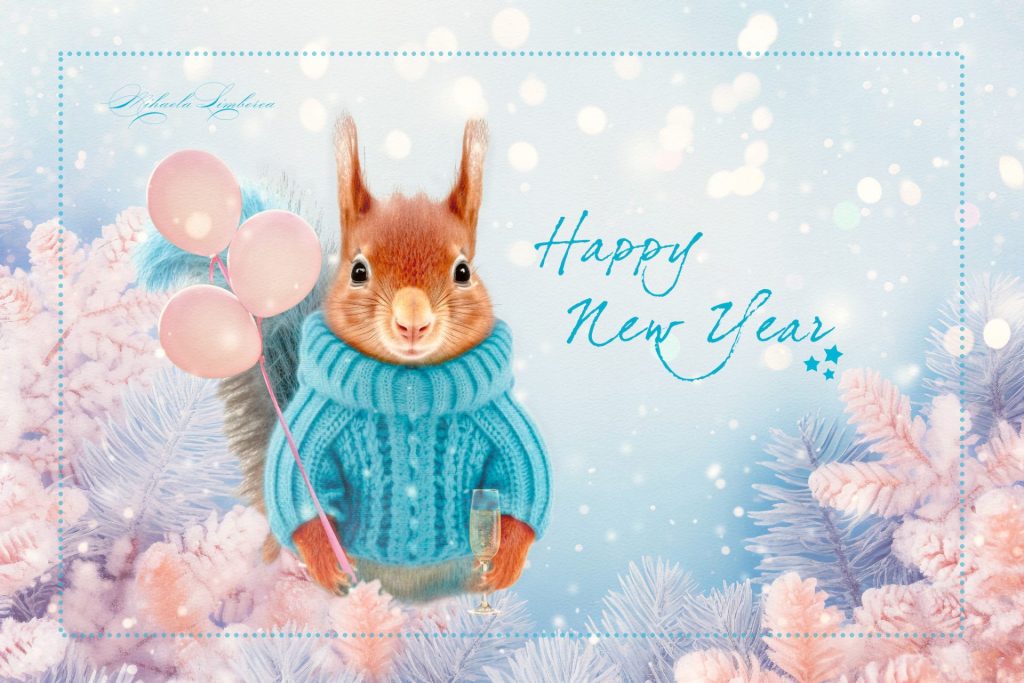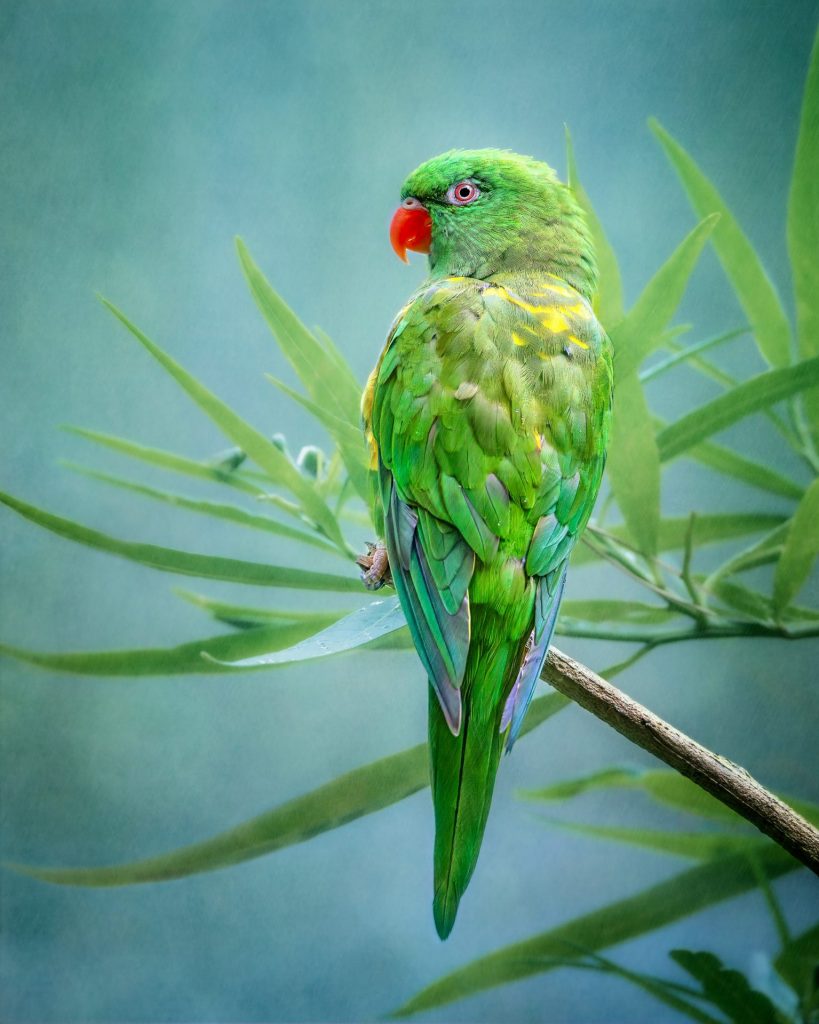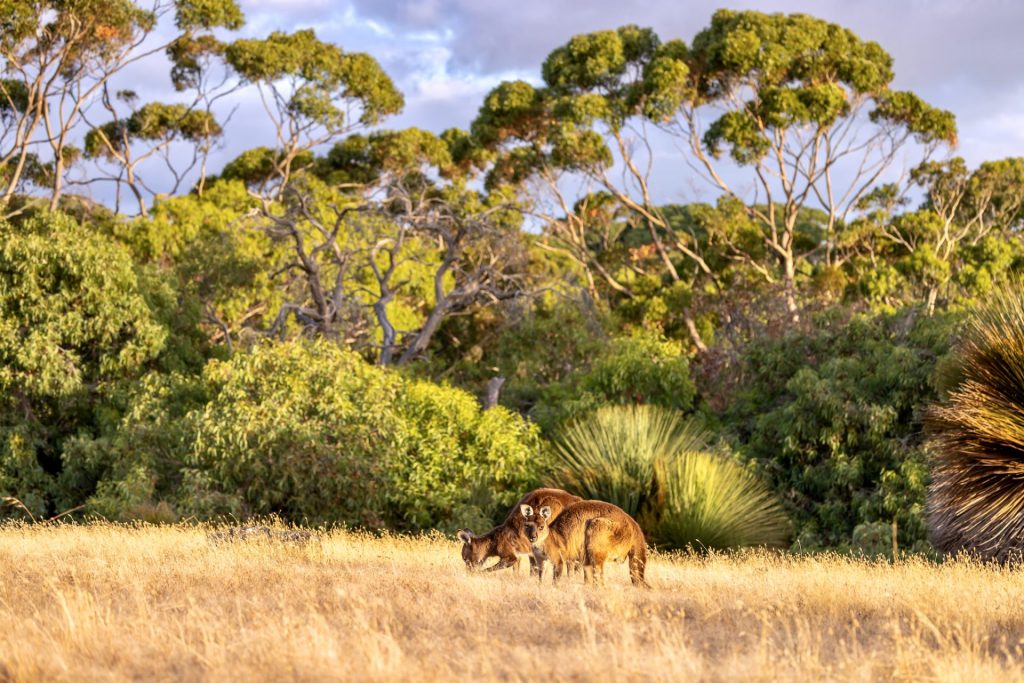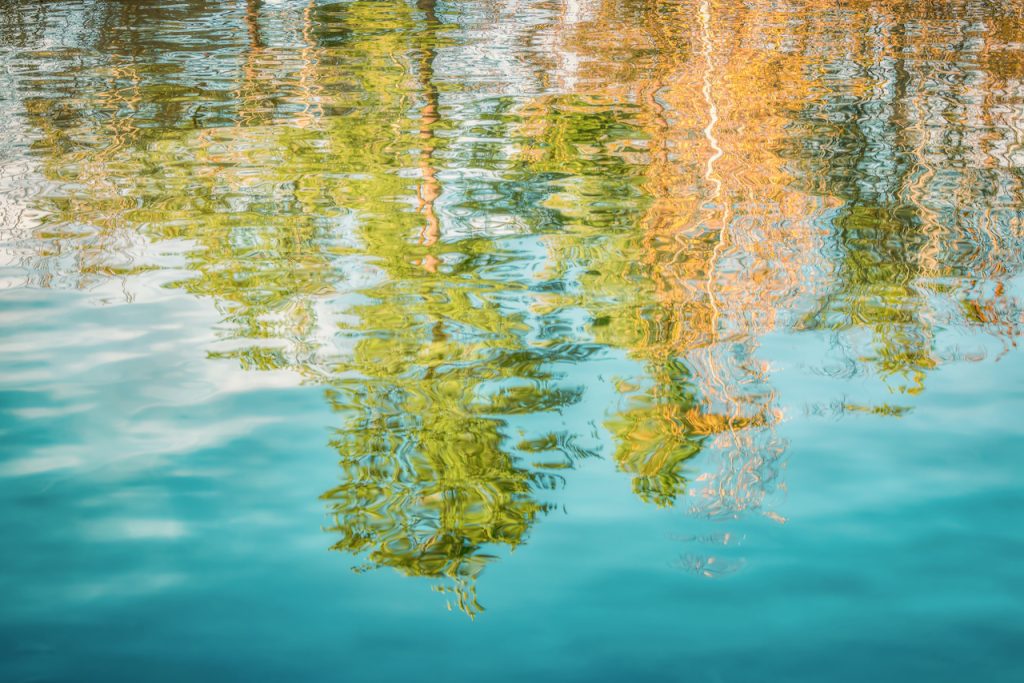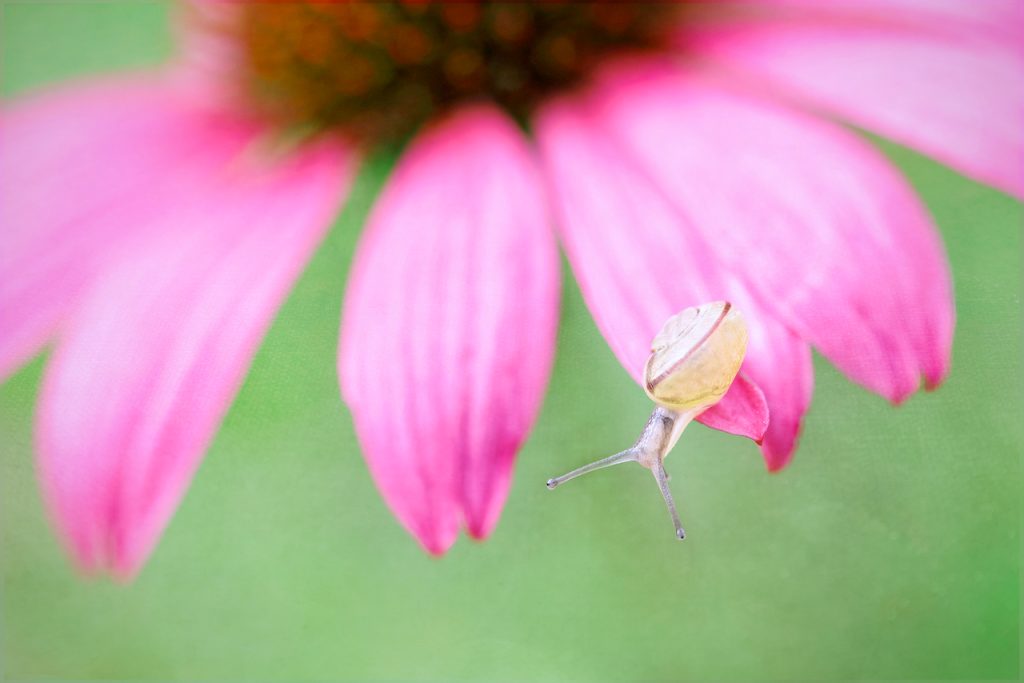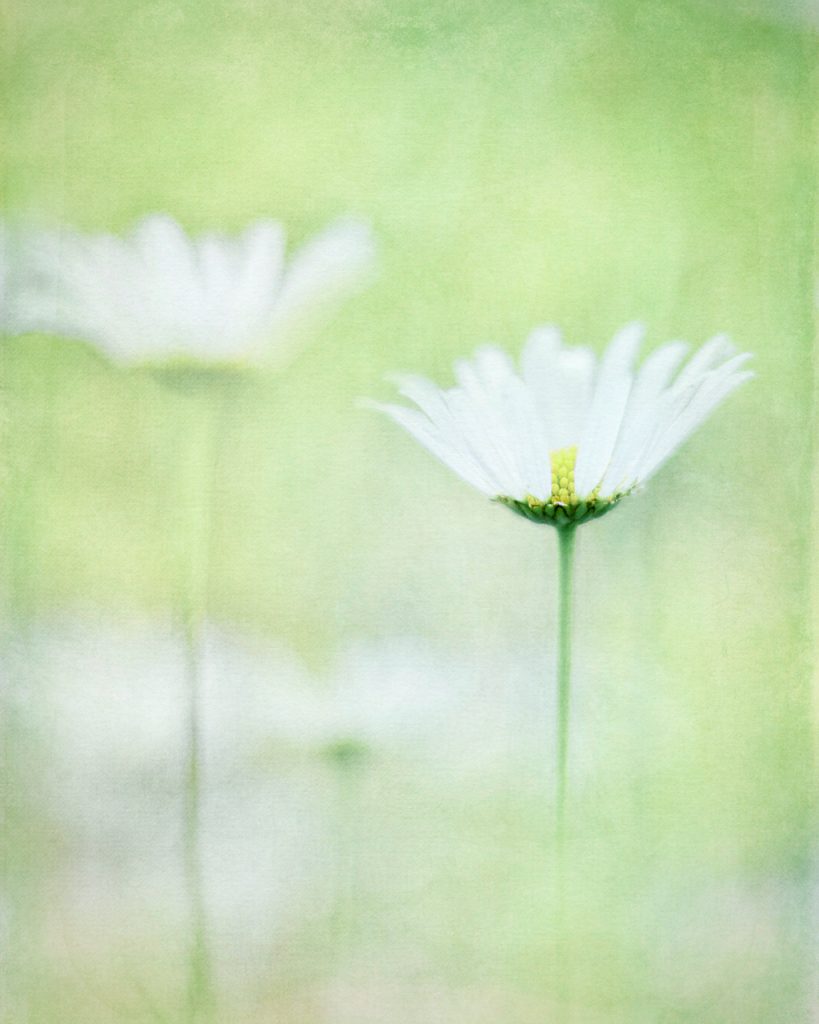
Two young Kangaroo Island kangaroos (Macropus fuliginosus fuliginosus) practicing their boxing skills.
Wait, what? Kangaroos? Does it mean that I’ve been to Australia again?
Indeed I was, and too short a time it was! Three weeks on Kangaroo Island flew by in the blink of an eye, and now I’m back home, sorting through thousands of photos. I’ve just started, so it’ll take some time until I’m done and can begin processing the best photos.
I love this photo because it was the first time I’d seen boxing kangaroos, and managed to take a few pictures in that golden light.
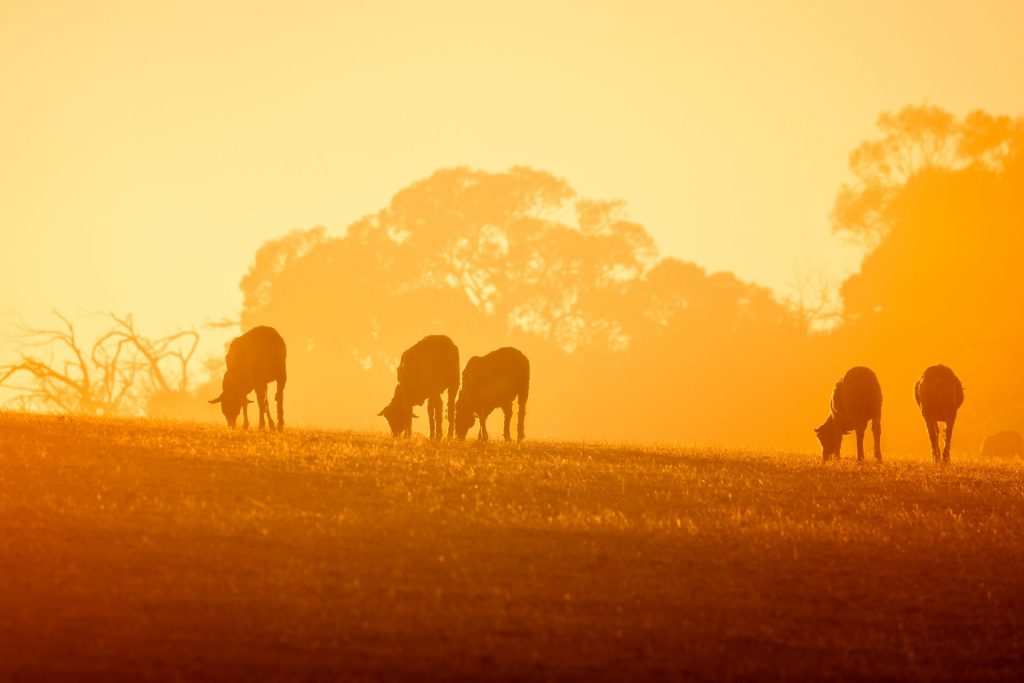
We were on our way to Seal Bay for a 7am appointment with the research team when we came across these sheep grazing peacefully as the sun rose. Everything was bathed in gold; it was breathtaking.
Unfortunately, we were in a hurry and couldn’t afford to stop for too long. I literally jumped out of the car and quickly took a few photos, hoping some would be good enough 😅.
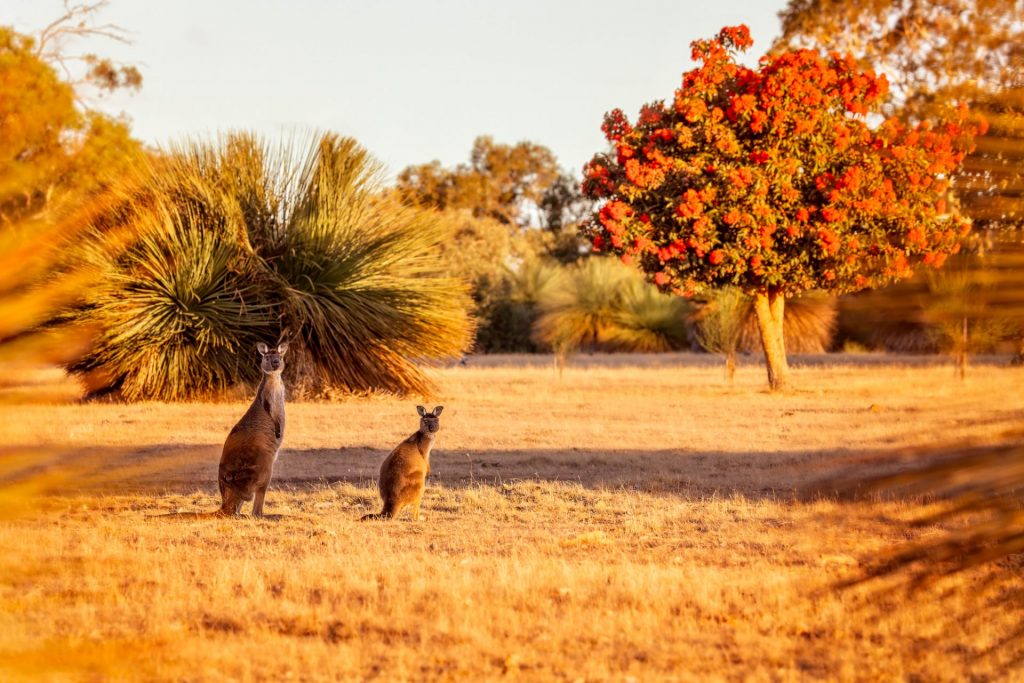
This may not be a masterpiece, but I love it. It has so many things I love: the golden light, the kangaroos, the grass tree to the left, and the flowering eucalyptus to the right.
The composition could be better, and I did move around a lot, trying to get a better angle, but the roos were skittish, and this is the best I could do.
I hope you enjoyed these photos; there are more to come next month.
Related Posts
- My 2023 Favorite Photos
- Favorite Photos: January 2024
- Favorite Photos: December 2023
- Favorite Photos: November 2023
- Favorite Photos: October 2023
- Paris Is Always A Good Idea
If you liked this post, share it on your preferred social network or forward it to a friend.
